View all Standards for Texas Essential Knowledge and Skills for Theatre Arts
B.1.E demonstrate knowledge of theatrical vocabulary and terminology.
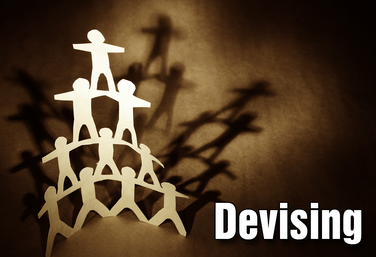
Part of the Drama Two Curriculum
Devising
by Corinna Rezzelle
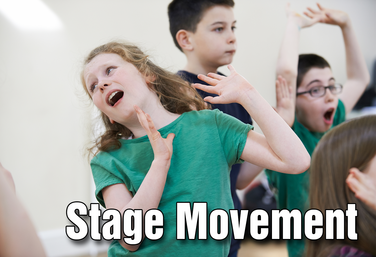
Part of the Drama One Curriculum
Stage Movement
by Karen Loftus
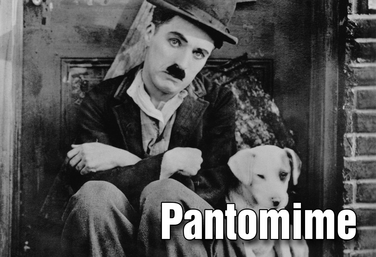
Part of the Drama One Curriculum
Pantomime
by Karen Loftus

Part of the Drama One Curriculum
Voice
by Karen Loftus
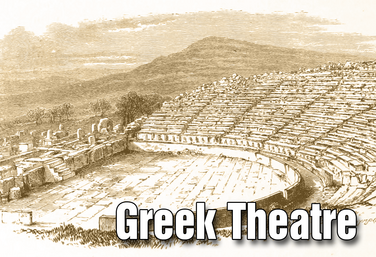
Part of the Drama One Curriculum
Ancient Greek Theatre
by Karen Loftus
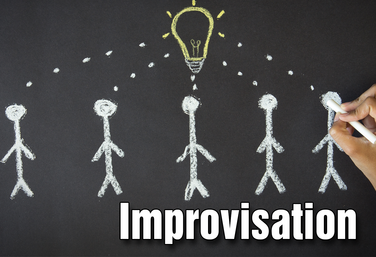
Part of the Drama One Curriculum
Improvisation
by Karen Loftus

Part of the Drama One Curriculum
Commedia Dell'Arte
by Karen Loftus
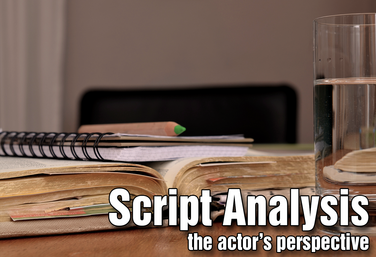
Part of the Drama One Curriculum
Script Analysis: The Actor's Perspective
by Karen Loftus
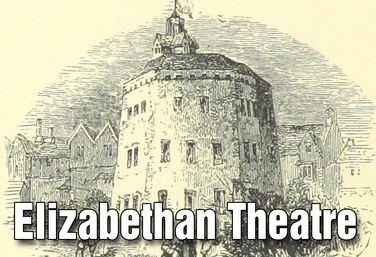
Part of the Drama One Curriculum
Elizabethan Theatre
by Karen Loftus
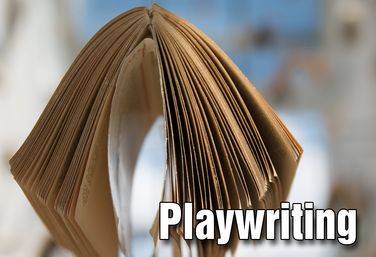
Part of the Drama One Curriculum
Playwriting
by Karen Loftus
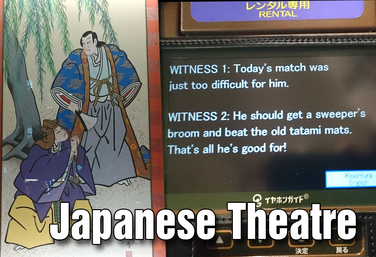
Part of the Drama One Curriculum
Japanese Theatre
by Karen Loftus
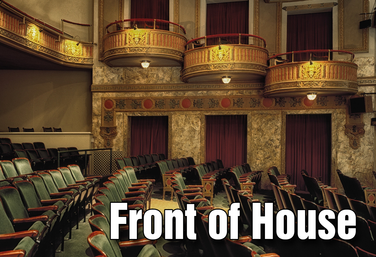
Part of the Drama One Curriculum
Front of House
by Karen Loftus
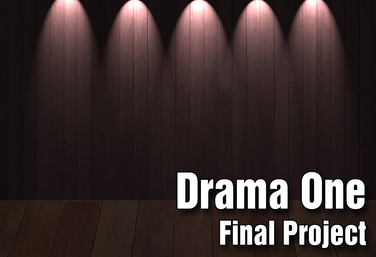
Part of the Drama One Curriculum
Drama One Final Project
by Karen Loftus
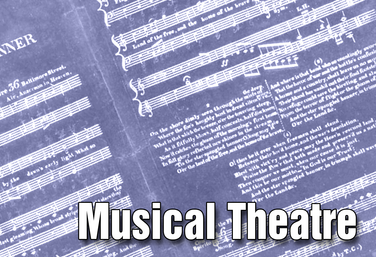
Musical Theatre
by Anna Porter
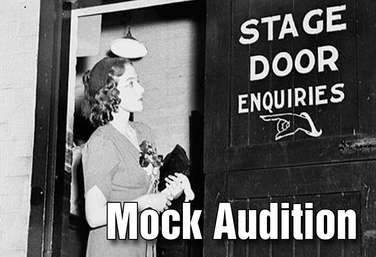
Mock Audition
by Lindsay Price
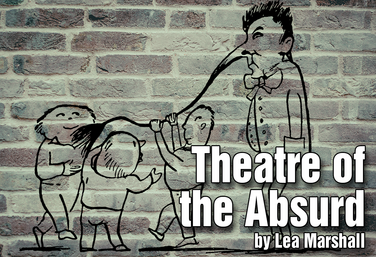
Theatre of the Absurd
by Lea Marshall
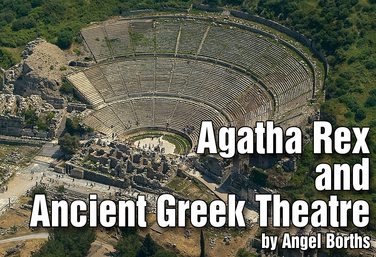
Agatha Rex and Ancient Greek Theatre
by Angel Borths
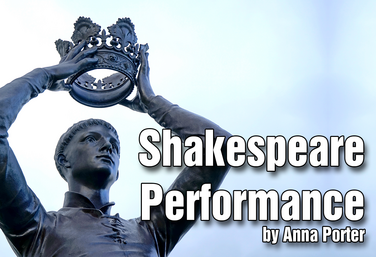
Shakespeare Performance
by Anna Porter
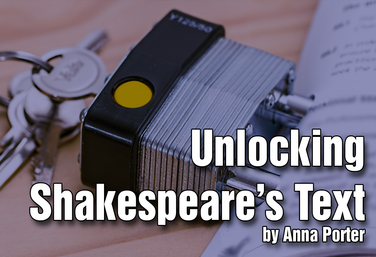
Unlocking Shakespeare's Text
by Anna Porter
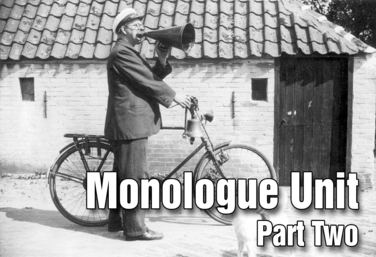
Part of the Drama Two Curriculum
Monologues - Part 2
by Matt Webster
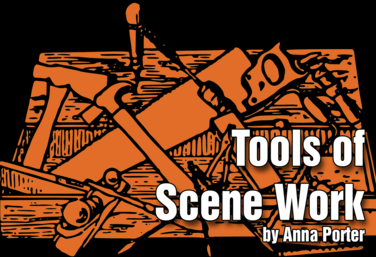
Tools of Scene Work
by Anna Porter
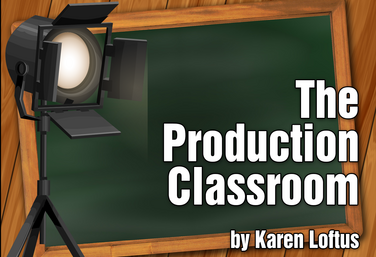
Part of the Production Classroom Units Curriculum
Production Classroom Units Overview
by Karen Loftus

Part of the Production Classroom Units Curriculum
Part One - Pre-Production
by Karen Loftus

Part of the Production Classroom Units Curriculum
Part Two - Rehearsal and Performance
by Karen Loftus

Part of the Production Classroom Units Curriculum
Part Two - Documents
by Karen Loftus

Part of the Production Classroom Units Curriculum
Part Three - Reflection and Assessment
by Karen Loftus
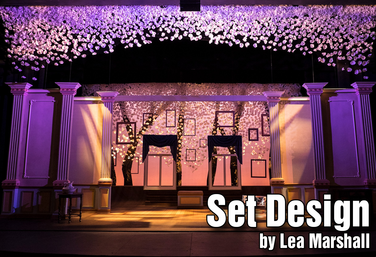
Introduction to Set Design *Hyperdoc
by Lea Marshall
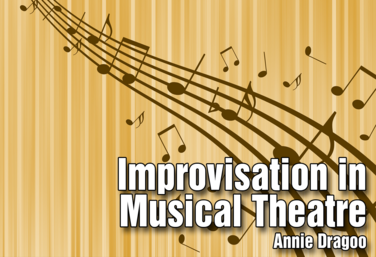
Improvisation in Musical Theatre
by Annie Dragoo
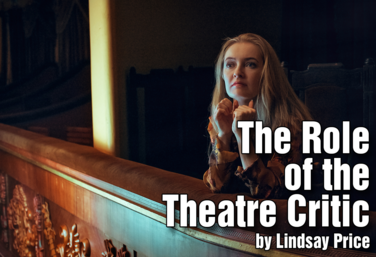
The Role of the Theatre Critic
by Lindsay Price
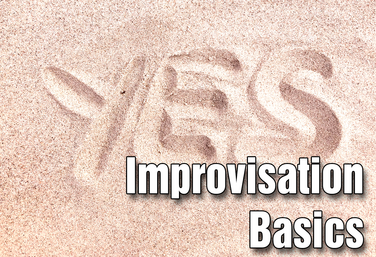
Part of the Middle School Curriculum
Unit Two: Improvisation Basics
by Lindsay Johnson
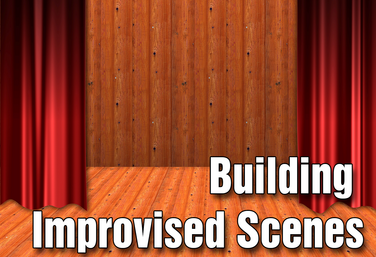
Part of the Middle School Curriculum
Unit Three: Building Improvised Scenes
by Lindsay Johnson

Part of the Stagecraft Without a Theatre Curriculum
Lighting
by Karen Loftus, Josh Hatt, and Kerry Hishon

Part of the Stagecraft Without a Theatre Curriculum
Costume Design
by Holly Beardsley, Karen Loftus, and Josh Hatt
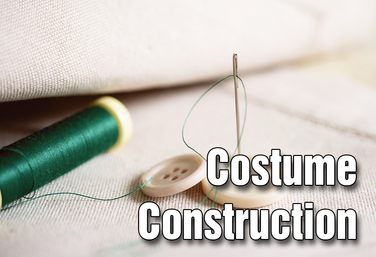
Part of the Stagecraft Without a Theatre Curriculum
Costume Construction
by Karen Loftus
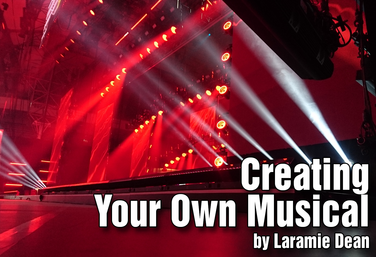
Creating Your Own Musical
by Laramie Dean
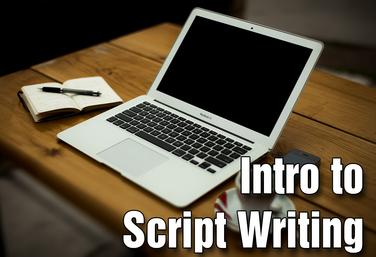
Part of the Middle School Curriculum
Unit Five: Intro to Script Writing
by Lindsay Johnson
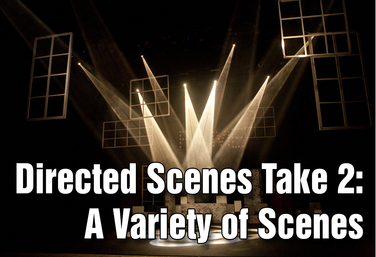
Part of the Middle School Curriculum
Unit Seven: Directed Scenes Take 2: A Variety of Scenes
by Lindsay Johnson
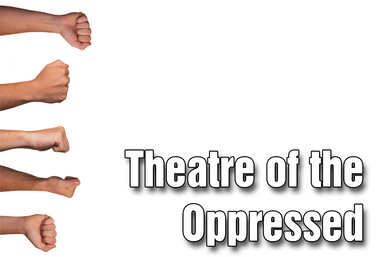
Part of the Middle School Curriculum
Unit Eight: Theatre of the Oppressed
by Lindsay Johnson
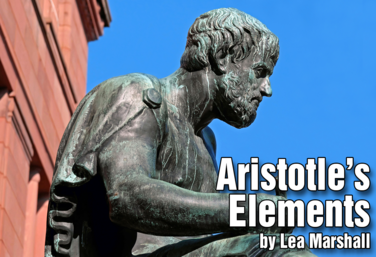
Aristotle's Elements
by Lea Marshall
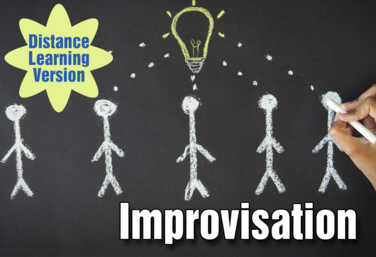
Part of the Distance Learning Curriculum
Improvisation
by Lindsay Price and Karen Loftus

Part of the Distance Learning Curriculum
Pantomime
by Lindsay Price and Karen Loftus

Part of the Distance Learning Curriculum
Voice
by Lindsay Price and Karen Loftus
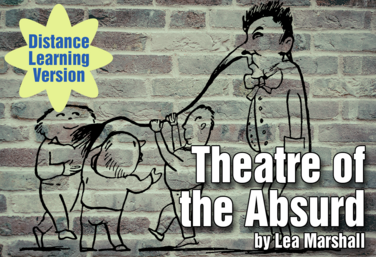.png)
Part of the Distance Learning Curriculum
Theatre of the Absurd
by Lea Marshall

Part of the Distance Learning Curriculum
Mock Audition
by Lindsay Price
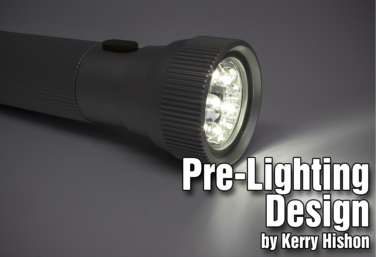
Pre-Lighting Design
by Kerry Hishon
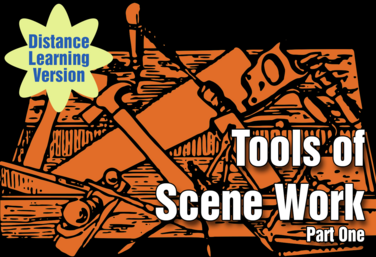
Part of the Distance Learning Curriculum
Scene Work: Part 1, Tools of Scene Work
by Lindsay Price
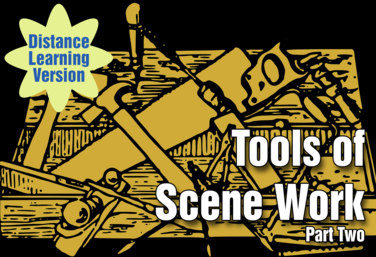
Part of the Distance Learning Curriculum
Scene Work: Part 2, Student Self Staging
by Lindsay Price
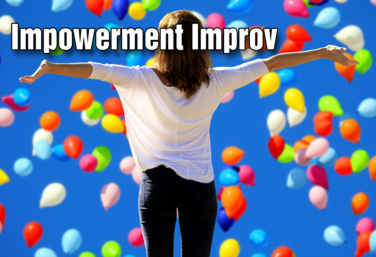
Impowerment Improv
by Jennine Profeta

Decolonizing Monologues
by Nicholas Pappas
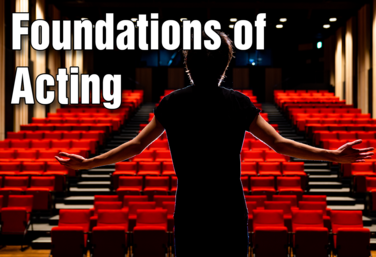
Foundations of Acting
by Annie Dragoo
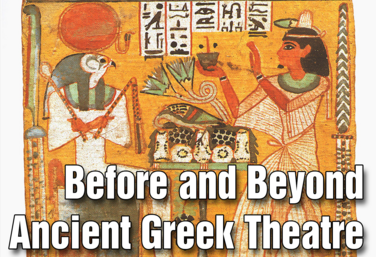
Part of the Theatre History Curriculum
Unit 1: Before and Beyond Ancient Greek Theatre
by Drama Teacher Academy
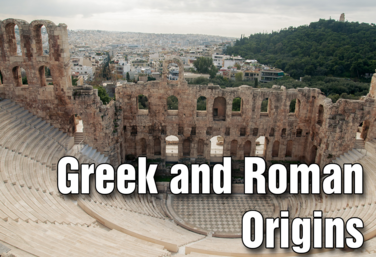
Part of the Theatre History Curriculum
Unit 2: Greek & Roman Origins
by Drama Teacher Academy
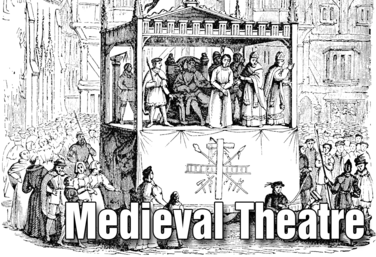
Part of the Theatre History Curriculum
Unit 3: Medieval Theatre
by Drama Teacher Academy
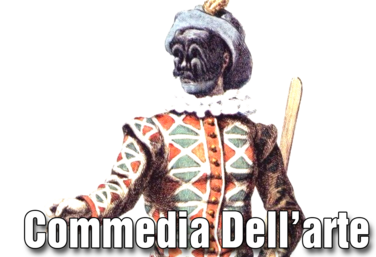
Part of the Theatre History Curriculum
Unit 4: Commedia Dell'Arte
by Drama Teacher Academy
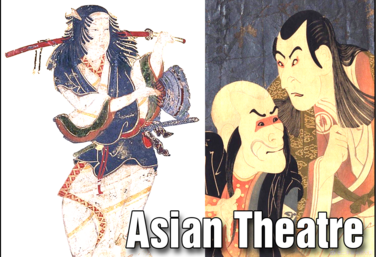
Part of the Theatre History Curriculum
Unit 5: Asian Theatre
by Drama Teacher Academy
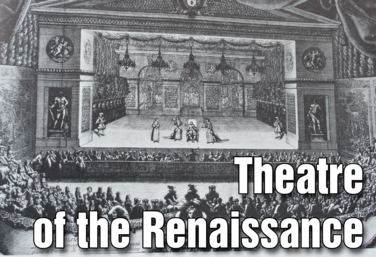
Part of the Theatre History Curriculum
Unit 6: Theatre of the Renaissance
by Drama Teacher Academy
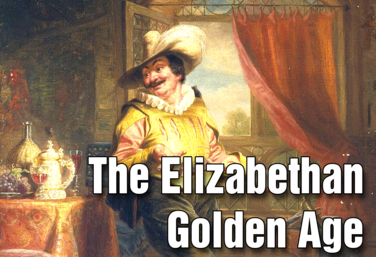
Part of the Theatre History Curriculum
Unit 7: The Elizabethan Golden Age
by Drama Teacher Academy
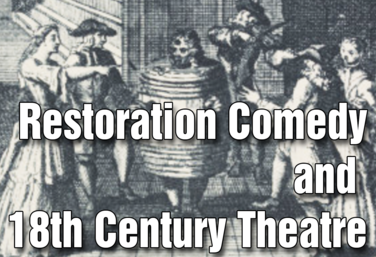
Part of the Theatre History Curriculum
Unit 8: Restoration Comedy & 18th Century Theatre
by Drama Teacher Academy
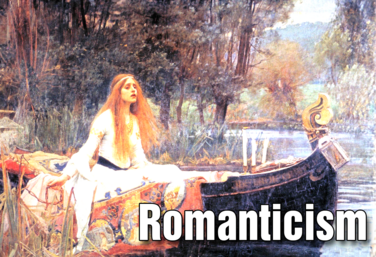
Part of the Theatre History Curriculum
Unit 9: Romanticism
by Drama Teacher Academy
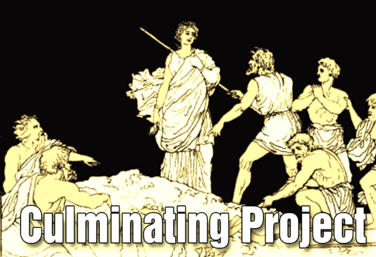
Part of the Theatre History Curriculum
Culminating Project
by Drama Teacher Academy
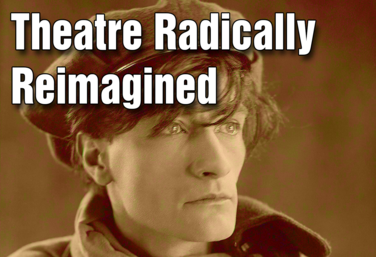
Theatre Radically Reimagined: Exploring Artaud, Grotowski, and Boal
by Ruthie Tutterow

The Dilemma Project
by Claire Broome
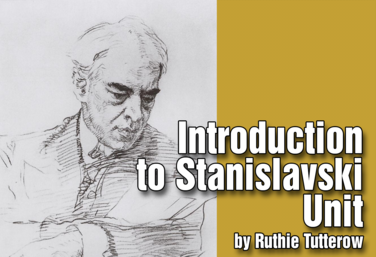
Introduction to Stanislavski
by Drama Teacher Academy
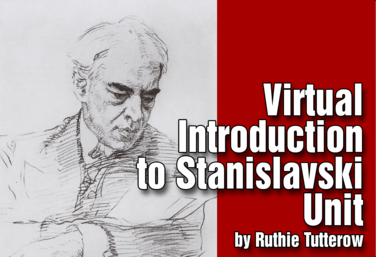
Virtual Introduction to Stanislavski
by Drama Teacher Academy
.png)
Realism and Naturalism
by Drama Teacher Academy
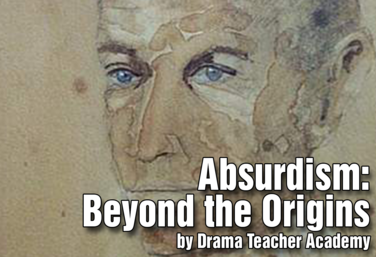
Absurdism: Beyond the Origins
by Drama Teacher Academy

Spoken Word Poetry
by Quincy Young

Basic Lighting for Drama Teachers
by Claire Broome

The Production Classroom
by Karen Loftus

21st Century Skills Through Devising
by Allison Williams
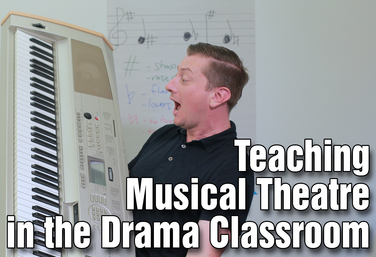
Teaching Musical Theatre in the Drama Classroom
by Colin Oliver
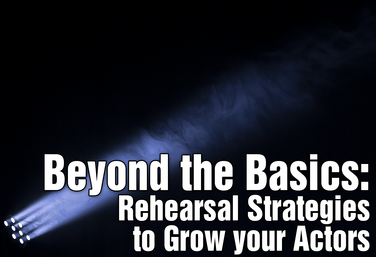
Beyond the Basics: Rehearsal Strategies to Grow Your Actors
by Julie Hartley
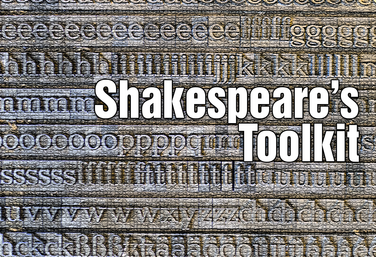.png)
Shakespeare's Toolkit
by Todd Espeland
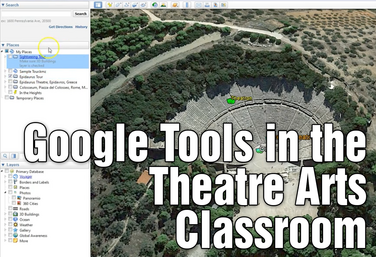
Google Tools in the Theatre Arts Classroom
by Anna Porter
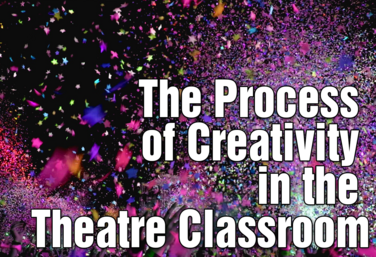
The Process of Creativity in the Theatre Classroom
by Gai Jones

Director's Toolbox 1: Teaching Students to Direct
by James Van Leishout
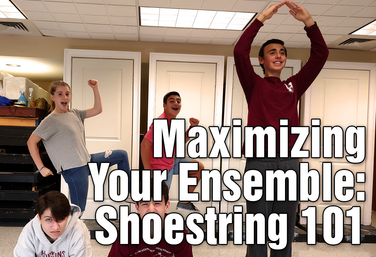
Maximizing Your Ensemble: Shoestring 101
by Michael Calderone
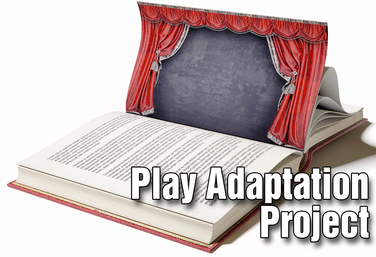
Play Adaptation Project
by Lindsay Price

The Dilemma Project
by Claire Broome
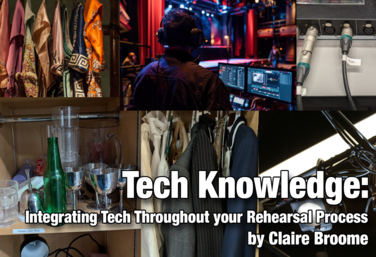
Tech Knowledge: Integrating Tech Throughout Your Rehearsal Process
by Claire Broome
View all Standards for Texas Essential Knowledge and Skills for Theatre Arts Standards Master List